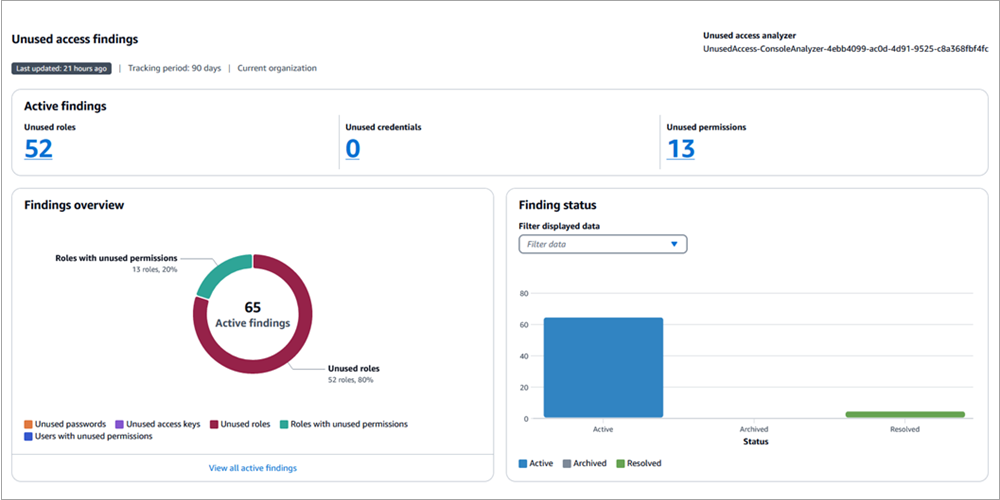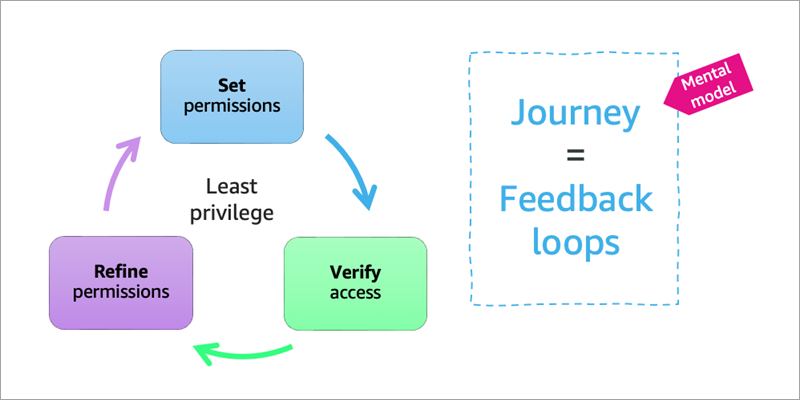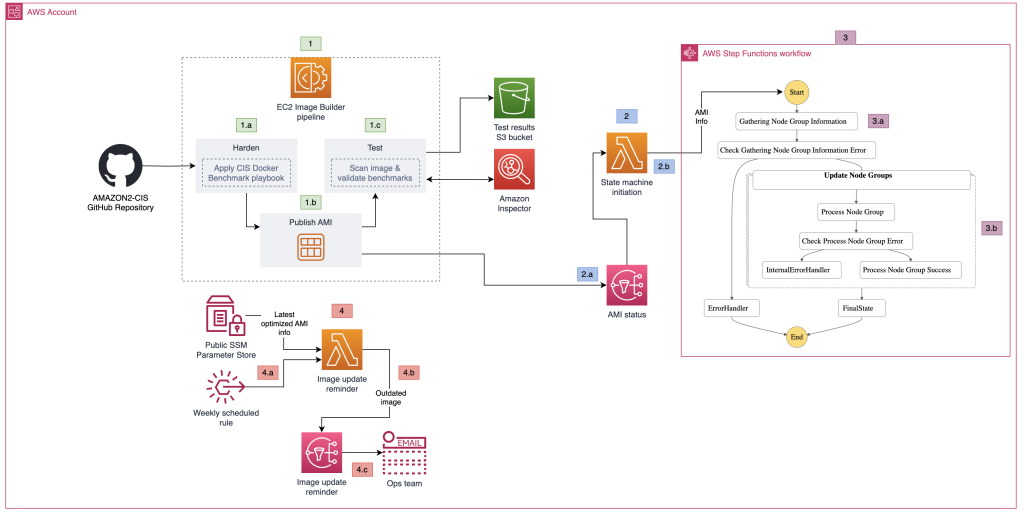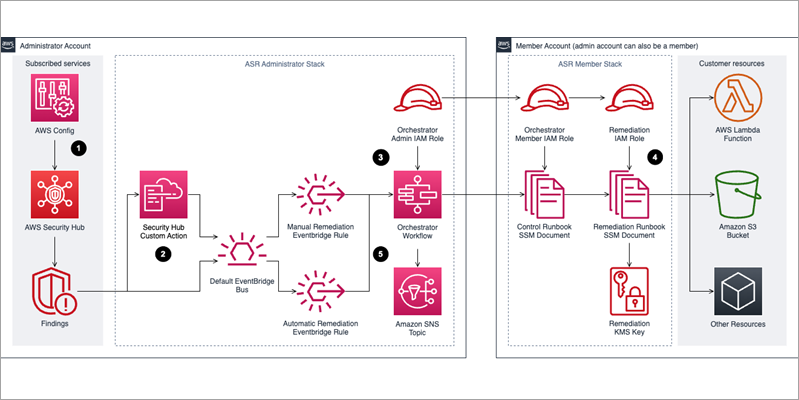AWS Security Blog
Category: Intermediate (200)
Strategies for achieving least privilege at scale – Part 2
In this post, we continue with our recommendations for achieving least privilege at scale with AWS Identity and Access Management (IAM). In Part 1 of this two-part series, we described the first five of nine strategies for implementing least privilege in IAM at scale. We also looked at a few mental models that can assist […]
Strategies for achieving least privilege at scale – Part 1
Least privilege is an important security topic for Amazon Web Services (AWS) customers. In previous blog posts, we’ve provided tactical advice on how to write least privilege policies, which we would encourage you to review. You might feel comfortable writing a few least privilege policies for yourself, but to scale this up to thousands of […]
Top four ways to improve your Security Hub security score
AWS Security Hub is a cloud security posture management (CSPM) service that performs security best practice checks across your Amazon Web Services (AWS) accounts and AWS Regions, aggregates alerts, and enables automated remediation. Security Hub is designed to simplify and streamline the management of security-related data from various AWS services and third-party tools. It provides […]
ACM will no longer cross sign certificates with Starfield Class 2 starting August 2024
AWS Certificate Manager (ACM) is a managed service that you can use to provision, manage, and deploy public and private TLS certificates for use with Elastic Load Balancing (ELB), Amazon CloudFront, Amazon API Gateway, and other integrated AWS services. Starting August 2024, public certificates issued from ACM will terminate at the Starfield Services G2 (G2) root […]
How to create a pipeline for hardening Amazon EKS nodes and automate updates
July 16, 2024: We updated the code in this post and some of the CloudFormation parameters. Amazon Elastic Kubernetes Service (Amazon EKS) offers a powerful, Kubernetes-certified service to build, secure, operate, and maintain Kubernetes clusters on Amazon Web Services (AWS). It integrates seamlessly with key AWS services such as Amazon CloudWatch, Amazon EC2 Auto Scaling, […]
Implementing a compliance and reporting strategy for NIST SP 800-53 Rev. 5
Amazon Web Services (AWS) provides tools that simplify automation and monitoring for compliance with security standards, such as the NIST SP 800-53 Rev. 5 Operational Best Practices. Organizations can set preventative and proactive controls to help ensure that noncompliant resources aren’t deployed. Detective and responsive controls notify stakeholders of misconfigurations immediately and automate fixes, thus […]
How to implement single-user secret rotation using Amazon RDS admin credentials
You might have security or compliance standards that prevent a database user from changing their own credentials and from having multiple users with identical permissions. AWS Secrets Manager offers two rotation strategies for secrets that contain Amazon Relational Database Service (Amazon RDS) credentials: single-user and alternating-user. In the preceding scenario, neither single-user rotation nor alternating-user rotation would […]
Integrating AWS Verified Access with Jamf as a device trust provider
In this post, we discuss how to architect Zero Trust based remote connectivity to your applications hosted within Amazon Web Services (AWS). Specifically, we show you how to integrate AWS Verified Access with Jamf as a device trust provider. This post is an extension of our previous post explaining how to integrate AWS Verified Access […]
Investigating lateral movements with Amazon Detective investigation and Security Lake integration
According to the MITRE ATT&CK framework, lateral movement consists of techniques that threat actors use to enter and control remote systems on a network. In Amazon Web Services (AWS) environments, threat actors equipped with illegitimately obtained credentials could potentially use APIs to interact with infrastructures and services directly, and they might even be able to use […]
Authorize API Gateway APIs using Amazon Verified Permissions and Amazon Cognito
Externalizing authorization logic for application APIs can yield multiple benefits for Amazon Web Services (AWS) customers. These benefits can include freeing up development teams to focus on application logic, simplifying application and resource access audits, and improving application security by using continual authorization. Amazon Verified Permissions is a scalable permissions management and fine-grained authorization service […]









